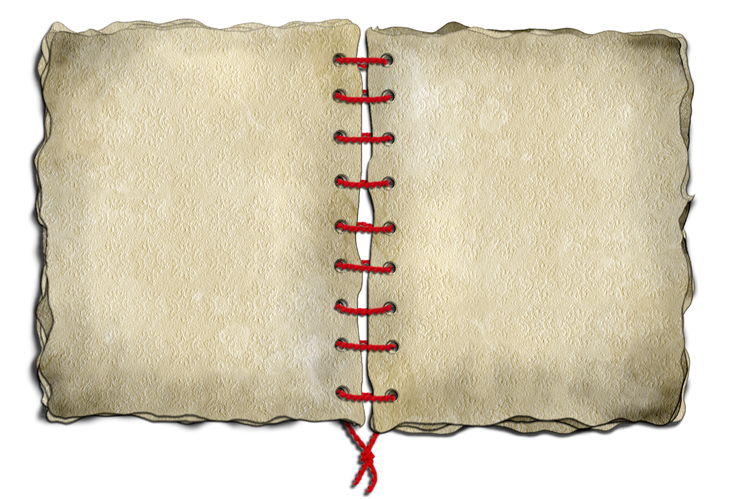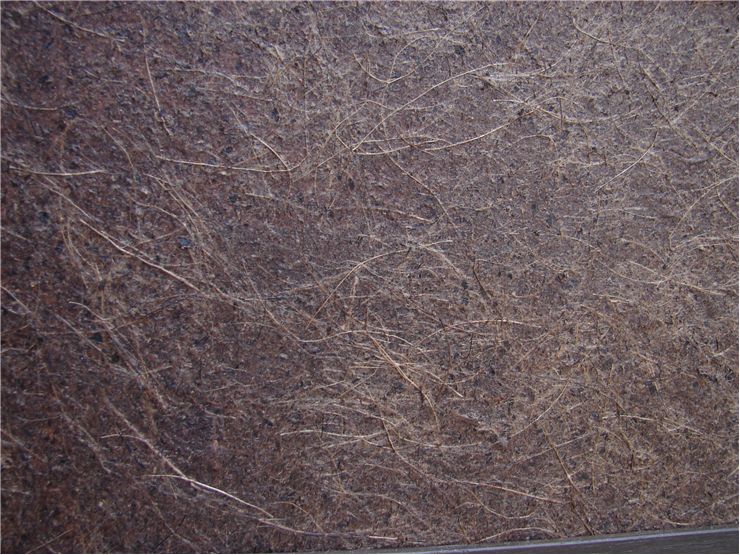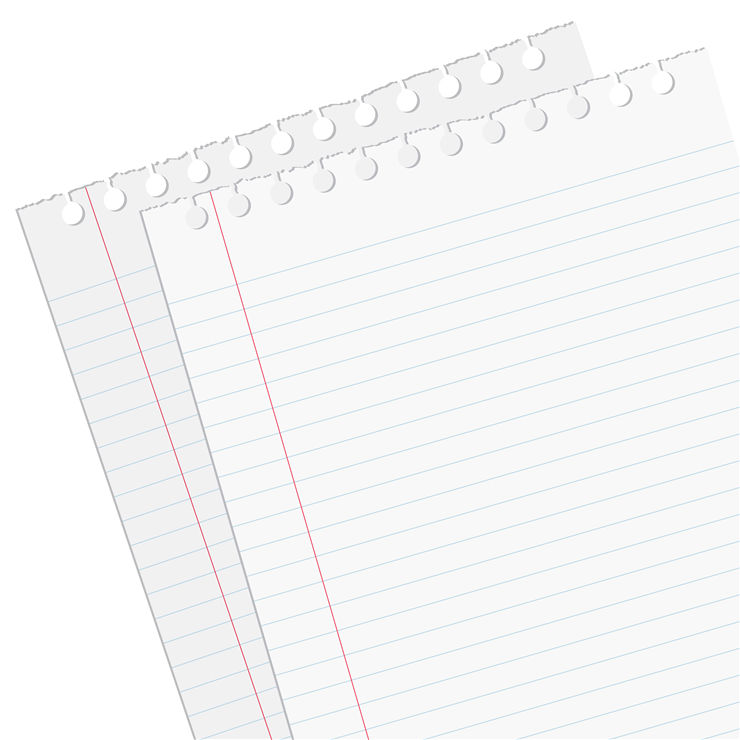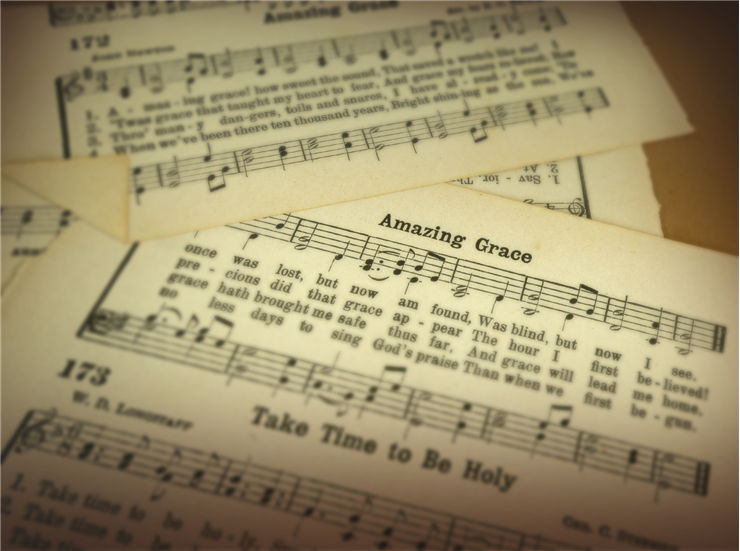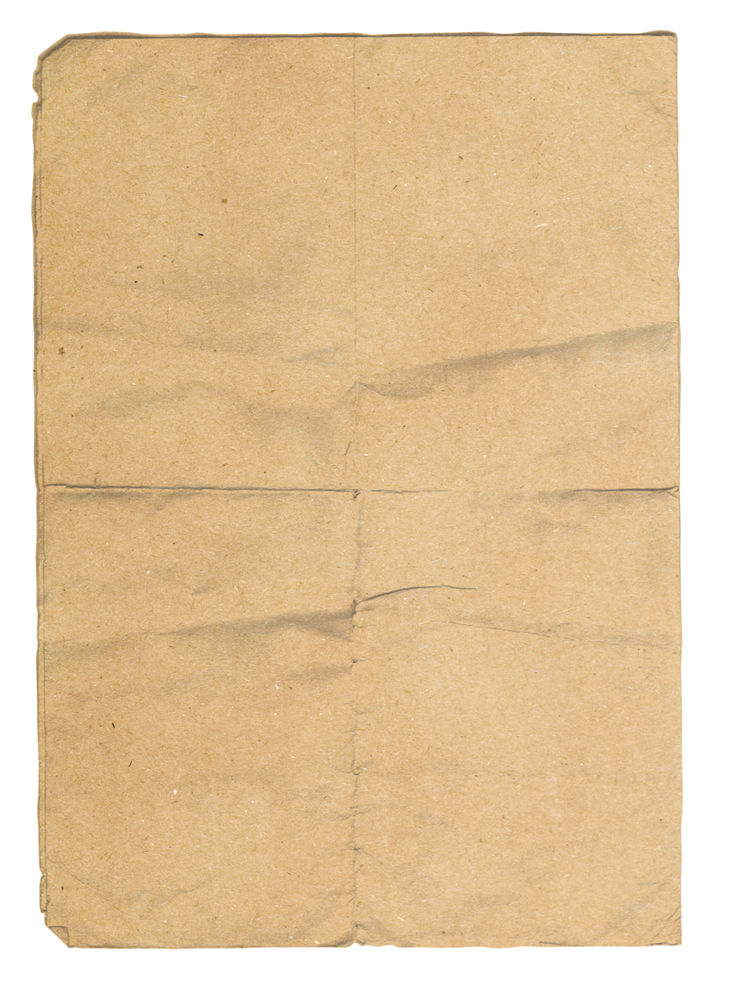Paper Types - Different Varieties of Paper
Seven Basic Categories:
Printing papers – Created in many different ways to enable easier printing (from home conditions, to businesses, designers, papers that need to survive outside in natural environment, etc.)
Drawing papers – Paper specifically created to have rougher surface, so that artists and designers can easily control the way paint is applied to them.
Writing papers – Created to be easily used for all kinds of writing, sometimes with special attention being placed on the durability of paper during longer storage.
Blotting papers – Very thin and light papers, often created for the purpose of absorption of liquids (water, ink, oil) from the surface of other writing papers. It is also used in cosmetics for makeup removal.
Handmade papers – Today, mostly used as a decorative paper.
Wrapping papers – Made to protect goods and merchandise from outside influences. Most famous are wax and craft papers.
Specialty papers – Paper created to serve a specific purpose, such as toilet tissue, cigarette paper, industrial papers and more.
By Main Ingredient:
Wood pulp paper – Most commonly used paper in the world, created with mechanical separation of cellulose fibers from wood, fiber crops or waste paper.
Cotton paper – This paper created form the cotton linters is often called rag paper because it can be produced from the used cloths. It is produced because it is significantly superior in terms of strength and durability to ordinary wood pulp paper.
Wood-free paper – Paper created by using only chemical pulp and zero wood pulp. This type of paper is not susceptible to “yellowing” with old age.
Tree-free paper – Most ecologically friendly paper, created with specific techniques that leave the least amount impact on the environment (reduced agricultural damage, less waste products).
Acid-free paper – This is paper that is created by using only PH-neutral water. Its main ingredient is cellulose fiber, but because acids are not present, final paper product does not have lignin and sulfur. One of its greatest disadvantages is its short lifespan.
Paper Size:
A series – The most commonly used international paper standard, which ranges in size from A0 (841 by 1,18 mm) to A8. The most popular size is A4 (210 by 297 mm).
B Series – Less used paper standard, which follows slightly different geometric mean of area size change. Sizes vary from B0 (which is one meter wide) to B8. B-series is mostly used for movie posters, books (B5), envelopes, passports, etc.
C series – Used only for envelopes, ranging from size 0 *(841 × 1189 mm) to the size 10 (26 x37 mm).
North American paper sizes – United States, Canada and Mexico use their own paper size standard, which is based off a several basic templates (Letter 8.5 × 11 inches, Ledger is 17 x 11 inches, etc.)
National variants – Paper size can also vary from country to country. Most notable differences can be found in Germany (standard DIN 476), Japan (custom A and B sizes) and Sweden (standard SIS 014711).
Paper Density:
Grammage – One of the most basic ways of measuring the mass of the paper. Ordinary office paper has a grammage of 80g/m2, making one sheet of A4 paper 5g.
Basis Weight – Used in North America, this way of measuring paper density involves weighing the paper in the final and uncut ream (either 500 or 1000 sheets of papers).
